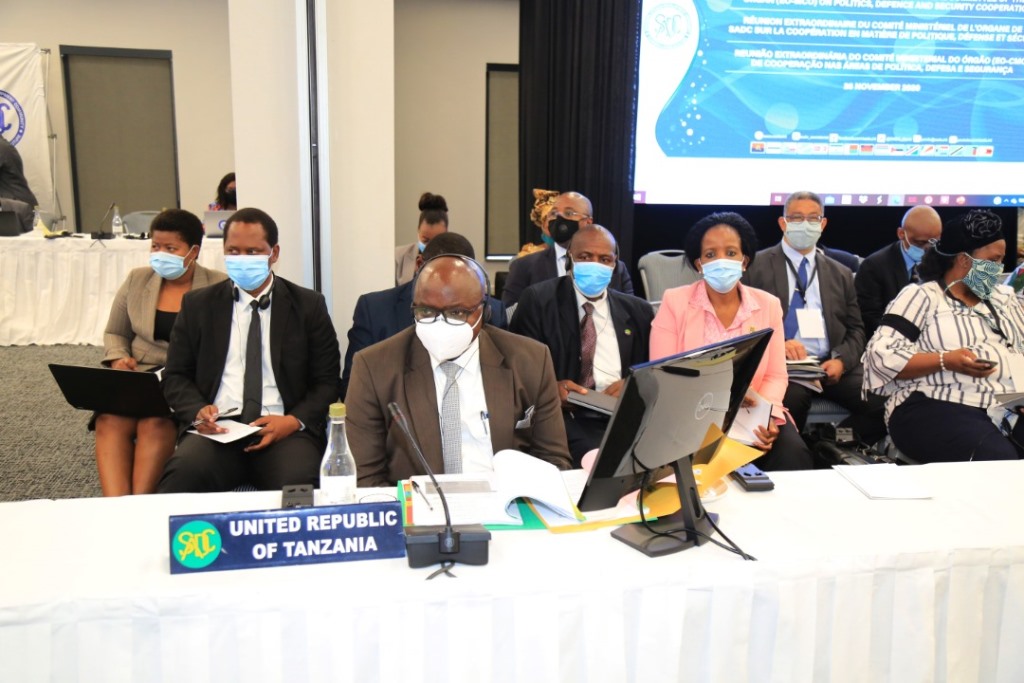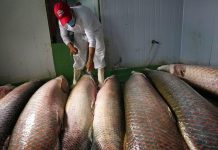Author: MAUREEN ODUNGA
AfricaPress-Tanzania: GOVERNMENT has begun preparations for the implementation of phase one of the multinational road project from Bagamoyo to Horohoro in Tanzania and Lungalunga to Malindi in Kenya whose completion is expected to stimulate regional integration by reducing travel time and facilitating cross border trade.
An announcement to that effect has been made by the Tanzania National Roads Agency (TANROADS) seeking consultancy services from qualified consultants.
In October this year President John Magufuli told Bagamoyo residents during the general election campaigns that plans were going on to build the road, which would open up various economic opportunities for both Tanzanians and Kenyans.
He promised that his government was committed to ensuring the project is implemented on time so that socioeconomic activities could take place in areas where the road passes.
On Thursday, the TANROADS announcement requested for expression of interest and that among the consultancy services being sought are undertaking feasibility study and environmental and social impact assessment.
Other services being south are preparation of detailed engineering design and tender documents for upgrading the 223-km Kihansi-MlimbaTaweta-Madeke-LupembeKibena Regional Road section to bitumen standard.
Recently, the government received funds from the African Development Bank (AfDB) towards the cost of implementation of the multinational project.
Part of the proceeds of the AfDB funds will be used to cover eligible payment under the contract for consultancy services.
Phase one of the project comprises of carrying out feasibility study, including the preliminary design, cost estimates, preliminary environmental and the social impacts assessment (ESIA) and development of preliminary resettlement action plan (RAP) and survey of properties to be affected by the grand scheme.
On the other hand, phase two will involve carrying out detailed engineering design, including detailed environmental and social impact assessment (ESIA), development of resettlement action plan (RAP) and preparation of tendering documents.
According to the TANROADS announcement, the estimated time for execution and completion of the assignment is expected to take 13 months, whereas calendar months will be for phase one and seven months for phase two from the contract effective date.
Among the criteria for eligibility is to incorporate a description of assignment of similar conditions and availability of appropriate managerial and technical skills among staff related to the assignment.
According to the AfDB data portal, the project will boost regional integration through reduction in transit time, enhanced trade and cross-border movement of people, opening up of access to tourist attractions including beaches and the Saadani National Park.
Completion of the project, the TANROADS announcement stipulates, will provide a direct link between the ports of Dar es Salaam, Tanga and Mombasa, thereby giving alternatives for traders, enhancing competition, efficiency, boosting rural productivity and stimulating the blue economy.
The project’s development objectives are to promote trade and regional integration and to contribute to the countries’ socioeconomic development, poverty reduction efforts and enhancing tourism by providing improved transport infrastructure.
The specific objective of the project is to improve road transport services between Tanzania and neighbouring Kenya by reducing travel time, vehicle operating costs, decreasing traffic congestion, and improving safety in the urban sections along the road.
Project beneficiaries will be corridor residents who will have greater economic opportunities and access to social services and goods. Regional beneficiaries are producers, manufacturers and traders who have a trade corridor to move goods at reduced time and cost.
The Coastline Transnational Highway project covers Bagamoyo-TangaHorohoro on the Tanzania side and Lunga LungaMombasa-Mtwapa-Malindi on the Kenyan side.
This highway is considered a major component of the region’s transport corridor network, and is among the infrastructure projects being prioritised by the East African Community to boost integration.







